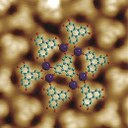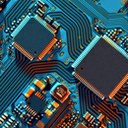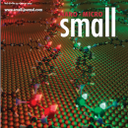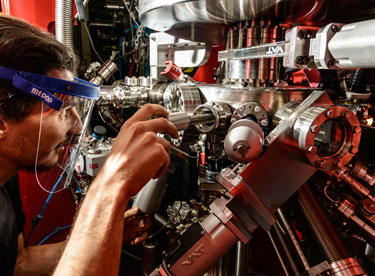
An international collaboration has performed a novel study of the nature of magnetic spirals in Mn1.4PtSn at the MaReS endstation of BOREAS beamline. They have achieved a novel observation of a complex metastable magnetic phase of mixed character of both Bloch-type helix and Néel-type cycloid. These results have an underlying potential for future applications in spintronic technologies, such as MRAMs, and energy saving technologies.

A research work led by the University of Valencia (Spain) has reported the fabrication of a novel device that allows the robust electrical detection of a fast and effective light-induced and thermally induced spin transition with an outstanding performance. It represents a tool with promising potential for generating new systems with applications in spintronics and straintronics. Experiments carried out at the BOREAS beamline have been crucial in this study.

IMDEA Nanociencia and ICMol researchers in collaboration with the ALBA Synchrotron achieved the stabilization of a high orbital magnetic moment in cobalt atoms directing a metal-organic network on a metallic surface. This strategy could lead to the development of low dimensional metal-organic materials with high magnetic anisotropy for prospective applications in spintronic devices.

An international collaboration led by the University of Zurich has demonstrated a method to control the charge-transfer mechanism arising at the interface between distinct perovskite oxides. X-ray absorption spectroscopy experiments at BOREAS beamline of ALBA facilitated the observation of the engineered charge transfer between the different components of the epitaxial heterostructures. The results have been published in the journal Advanced Materials.

Periodic lanthanide networks can bare a set of appealing properties for applications in nanomagnetism, spintronics and quantum informatics. Controlling their structural and electronic properties is of paramount importance for future applications. The multidisciplinary study performed by IMDEA Nanoscience researchers in collaboration with ALBA staff reports on the realization of erbium and dysprosium directed networks. The authors show that by supramolecular engineering it is possible to tune the electronic and the magnetic properties of the networks by switching the lanthanide metal while keeping unaltered the structural properties of the networks.






